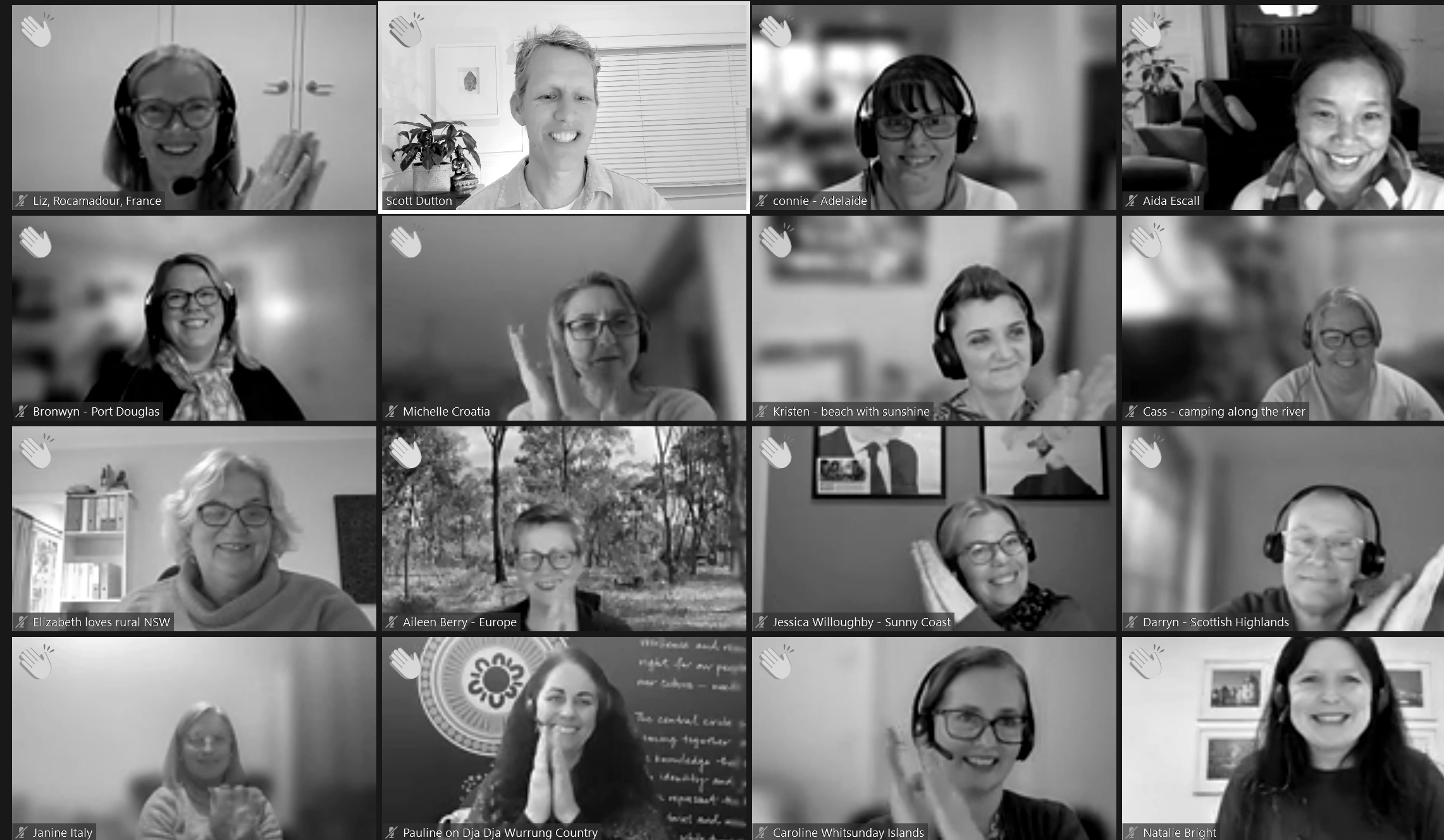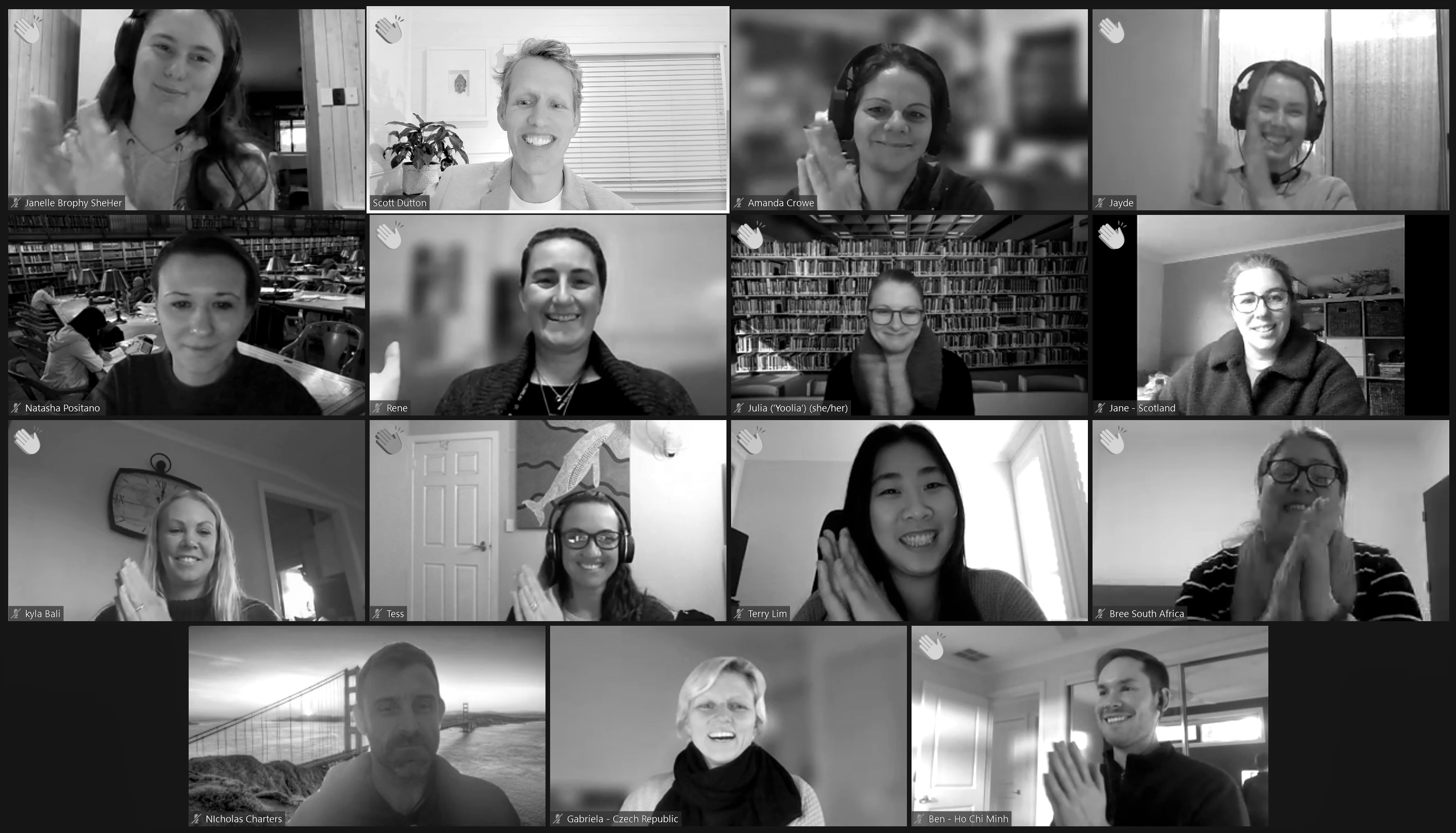What if a staff member has little insight into their negative impact on others?
They genuinely can’t see how their behaviour affects those around them – and how it shapes the trust, energy and culture of the group.
It’s not uncommon – and it’s one of the trickiest dynamics to navigate. I once worked with a team where one of the staff members cut others off mid-sentence: “That’s not how it is – it’s this way, and you should know that.”
Ouch.
He didn’t mean to alienate anyone – he just had minimal insight into the impact of his delivery. His tone shut people down. Others stopped contributing. Collaboration quietly evaporated.
Afterwards, his colleague shared: “I just don’t feel psychologically safe when he’s in the room.”
So how do you turn it around?
You can’t force insight. You caninvite it.
Start by raising the impact, not assuming the intent: “I wanted to touch base about the impact of some comments made in the meeting. I’m keen to understand your perspective – and to also share what I’ve observed.
This approach signals partnership, not punishment. When people feel supported, they’re more likely to reflect and consider their actions. If they don’t, they may defend or blame – to try and prevent an identity quake– that uncomfortable moment when feedback shakes who they believe they are versus how others experience them.
Developing insight in difficult conversations
Difficult conversations areuncomfortable. Our usual instinct is to defend or justify – anything to get the heat off ourselves. Yet growth doesn’t live in avoidance.
Insight develops the moment you’re courageous enough to face the mirror and ask:
– What part did I play?
– How did I contribute to this dynamic?
It’s uncomfortable AND it’s also transformative.
With inner exploration and ownership comes awareness, compassion and genuine change. When we avoid it, the same patterns (and pain) keep replaying – over and over again.
Mindfulness is key
Awareness of the present – and your presence – allows genuine self-development. Before projecting outward, go inward. Take a moment to reflect. Ask yourself:
- What did I notice in myself – emotionally, physically, mentally?
- What was my trigger?
- How aware was I of my impact on the other?
- What might the other person have needed?
- What might I do differently next time?
When people stay in blame, they stay blocked. When they own their contribution, they grow. Insight isn’t something that magically happens toyou – it’s developed through curiosity, responsibility and reflection.
The insight invitation
Some people avoid insight because it brings up vulnerability. It shines light on the parts of ourselves we’d rather not explore. Yet those shadows are an opportunity for our most powerful growth.
Insight requires openness. It asks you to stay curious, not certain. It’s not about winning or being right – it’s about understanding each other. When we bring that mindset, difficult conversations stop being something to fear and start becoming something to learn from.
And what about you?
How much insight do you have into your own impact? Are you aware of what you say – and howyou say it? Your tone? Your timing? The way your words land? How you’re managing your emotions – and how you’re tuning into the other?
That awareness is your growth edge. Insight is your superpower.
Need help with team dynamics?
These trainings would assist your team. Get in touch – always happy to chat.
Until then – enjoy your conflict!
Scott Dutton
The Conflict Whisperer + Fun Maker!



